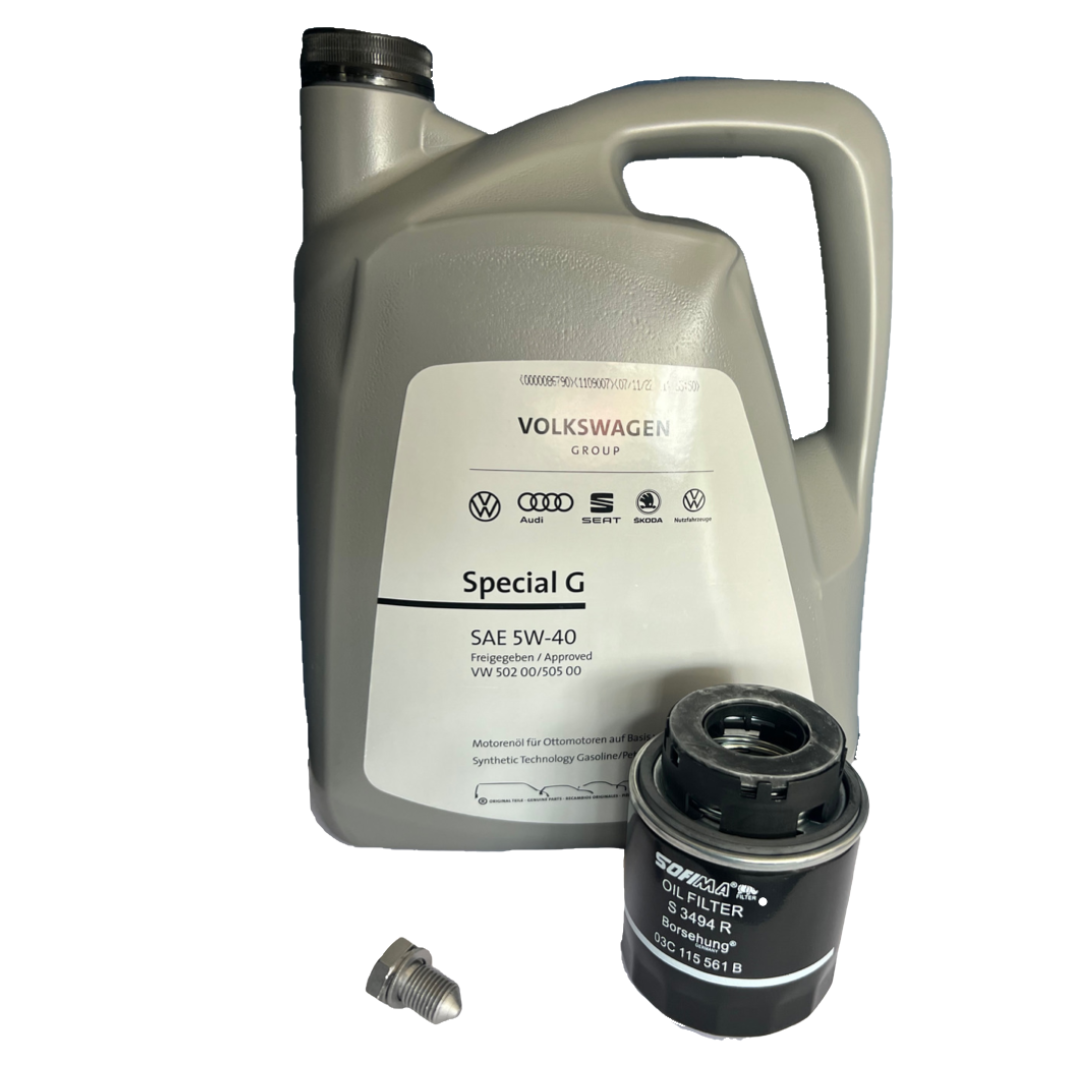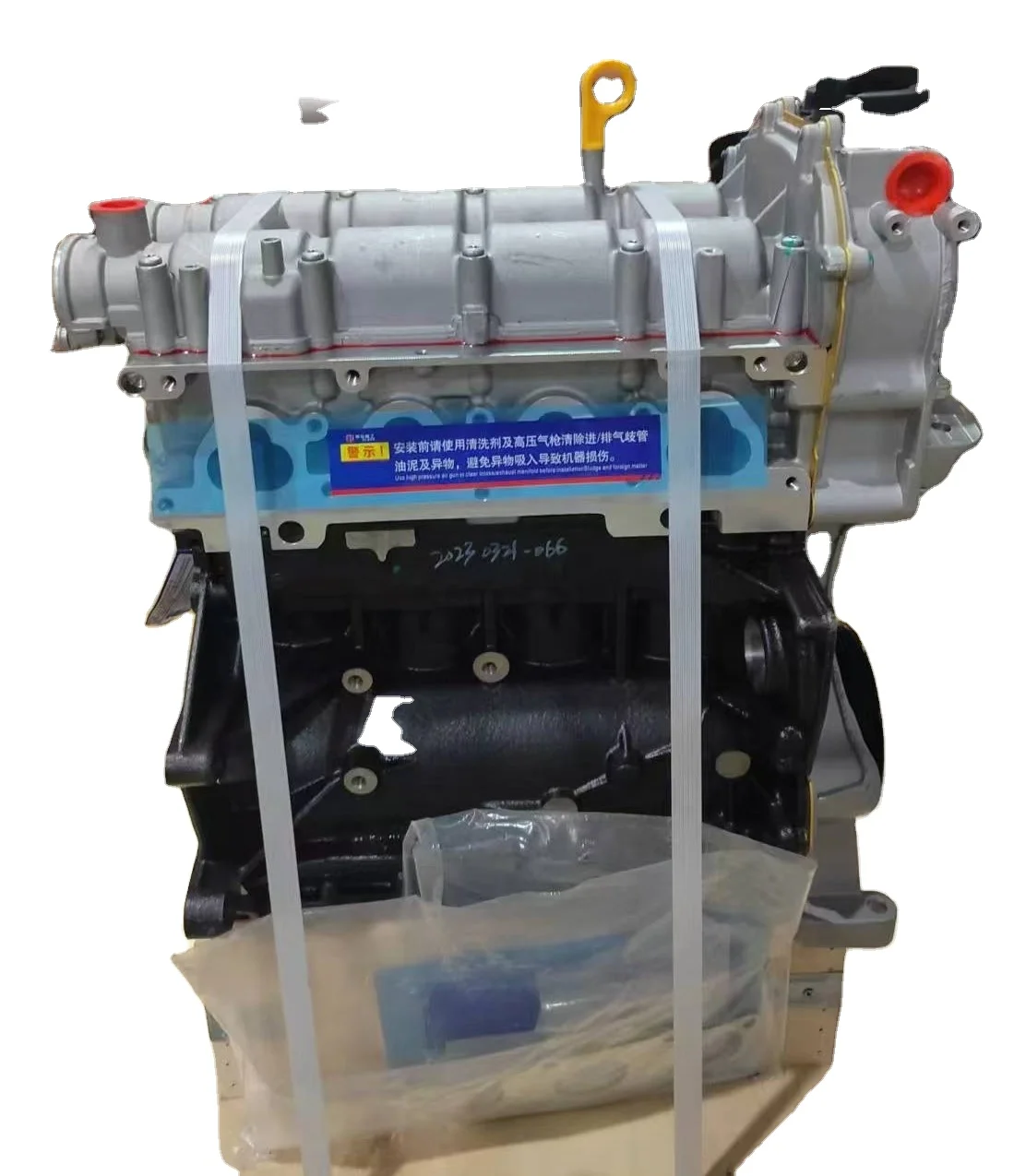Just How a Clp Engine Can Boost Effectiveness in Various Industries
The arrival of CLP engines marks a significant shift in operational effectiveness throughout various industries, driven by their capability to maximize fuel consumption and decrease downtime. Industries such as manufacturing and logistics stand to gain significantly from their robust style and consistent power outcome, which assure to enhance procedures and boost productivity. As organizations significantly focus on sustainability alongside performance, the role of CLP engines comes to be even extra essential. What stays to be seen is just how these developments will certainly form the future landscape of industrial operations and their influence on broader economic fads (clp engine).
Summary of CLP Engines
CLP engines, or Continuous Liquid Propellant engines, stand for a substantial innovation in propulsion modern technology, specifically for area applications. These engines use a constant feed system that enables the sustained expulsion of propellant, leading to boosted effectiveness and performance compared to typical strong or hybrid propulsion systems. By preserving a constant circulation of fluid propellant, CLP engines can accomplish much more precise drive control, which is crucial for maneuvering spacecraft in numerous objective situations.
The design of CLP engines incorporates sophisticated materials and cutting-edge gas management systems. clp engine. This causes minimized weight and enhanced reliability, crucial aspects for long-duration area objectives. Moreover, the continuous procedure reduces the threat of combustion instability, a common obstacle in conventional rocket engines.

Advantages in Production
The production of Constant Fluid Propellant (CLP) engines provides a number of noteworthy advantages that enhance both efficiency and cost-effectiveness. One of the key advantages is the structured production process, which reduces the intricacy connected with typical propulsion systems. By making use of fluid propellant, producers can accomplish greater accuracy in engine efficiency, causing enhanced energy result and lowered waste.
In addition, CLP engines assist in a higher degree of modularity, permitting much easier combination into various production lines. This versatility can considerably lower preparations and boost general operational flexibility. The usage of CLP innovation also often tends to lessen the requirement for comprehensive maintenance as a result of less moving components, which equates into lowered downtime and operational prices.

Applications in Logistics
Leveraging Constant Liquid Propellant (CLP) engines in logistics uses considerable benefits in operational effectiveness and dependability. These engines give a durable remedy for numerous transport requirements, making it possible for the smooth motion of products across large distances. The fundamental style of CLP engines permits consistent power output, which translates right into smoother and extra foreseeable transportation schedules.
One of the vital applications of CLP engines in logistics remains in durable products transport, where they can drive both ground and aerial lorries. Their capacity to preserve high performance under varying lots problems makes sure that shipment timelines are met, thereby boosting consumer fulfillment. Furthermore, CLP engines can be integrated into automated logistics systems, facilitating real-time monitoring and enhancing path planning.
In addition, the longevity of CLP engines minimizes maintenance downtime, allowing logistics firms to optimize their operational capabilities. This is specifically valuable in warehousing procedures, where efficiency in handling and moving items is vital. As logistics proceeds to advance, the combination of CLP engines represents look at this web-site a forward-thinking method that not just boosts performance but additionally supports the market's growing demands for dependability and speed.
Effect On Energy Effectiveness
Just How do Constant Fluid Propellant (CLP) engines enhance energy performance in transportation? CLP engines use a regular flow of fluid gas, enhancing burning more helpful hints procedures and maintaining a steady drive output. This style decreases energy losses connected with typical combustion engines, where fuel shipment can differ and lead to ineffectiveness.
The continual procedure of CLP engines permits a much more reliable thermal cycle, resulting in higher certain impulse contrasted to conventional engines. clp engine. This translates to decreased gas intake for the very same amount of work done, dramatically lowering operational expenses throughout numerous transportation industries, including air travel and maritime sectors
In addition, the ability of CLP engines to maintain ideal performance under varying tons problems minimizes the demand for constant velocity and deceleration, even more improving fuel effectiveness. Enhanced energy effectiveness not just adds to cost savings however additionally brings about decrease greenhouse gas exhausts, straightening with international sustainability objectives.
Future Trends and Innovations
Arising innovations in Continual Fluid Propellant (CLP) engine innovation pledge to reinvent the landscape of transport effectiveness and sustainability. As industries pivot toward greener choices, CLP engines stand at the forefront, integrating see this innovative materials and layout techniques that boost efficiency while lessening environmental impact.
Among one of the most appealing trends is the fostering of crossbreed systems that integrate CLP engines with renewable resource resources. This synergy can optimize gas usage and minimize discharges, aligning with international sustainability objectives. Developments in computational liquid dynamics (CFD) are promoting the style of even more aerodynamically reliable engines, leading to lowered drag and enhanced gas effectiveness.
Furthermore, the advancement of smart tracking systems is readied to improve functional efficiencies. These systems utilize data analytics and IoT innovation to optimize engine performance in real-time, making certain that the engines operate within their most reliable parameters.
As research study remains to explore alternate propellant solutions-- such as biofuels and synthetic gas-- the future of CLP engines looks encouraging. By utilizing these advancements, sectors can not only improve their effectiveness however additionally contribute significantly to a cleaner, more sustainable future in transport.
Verdict
To conclude, CLP engines represent a considerable advancement in efficiency throughout numerous industries. Their ability to enhance gas usage and decrease functional costs, combined with a continual feed system, improves power result and functional reliability. The integration of sophisticated materials and fewer relocating components lessens upkeep needs, while placement with sustainability objectives placements CLP engines as a pivotal technology for the future. Continued development in this field promises further improvements in efficiency and environmental performance.